Roofing in the southern states
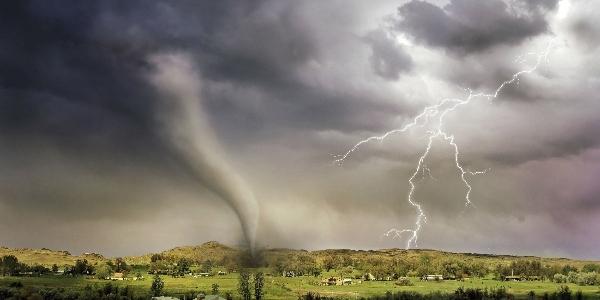
By Trevor Underwood, DECRA Metal Roofing.
Craft a roof that stands tall against the south’s rhythm of rain and heat from the sun.
The weather in the south can be highly unpredictable and known to change fast. You know what they say, “If you don’t like the weather, wait five minutes or drive five miles.”
With rain showers being constant in the south, along with constant heat waves and tornado occurrences, homes require a tough roof. And not directly related to weather considerations, adding a little southern charm to your roof is essential.
Keep reading to know what to look for when searching for the best type of residential roofing for a southern home.
Weathering the storm: Roofing that withstands storms, hail and tornadoes
Dixie Alley is a region prone to severe thunderstorms, rain, strong winds, hail and lightning. States in this region also face a growing threat from tornadoes, as Tornado Alley continues to expand eastward.
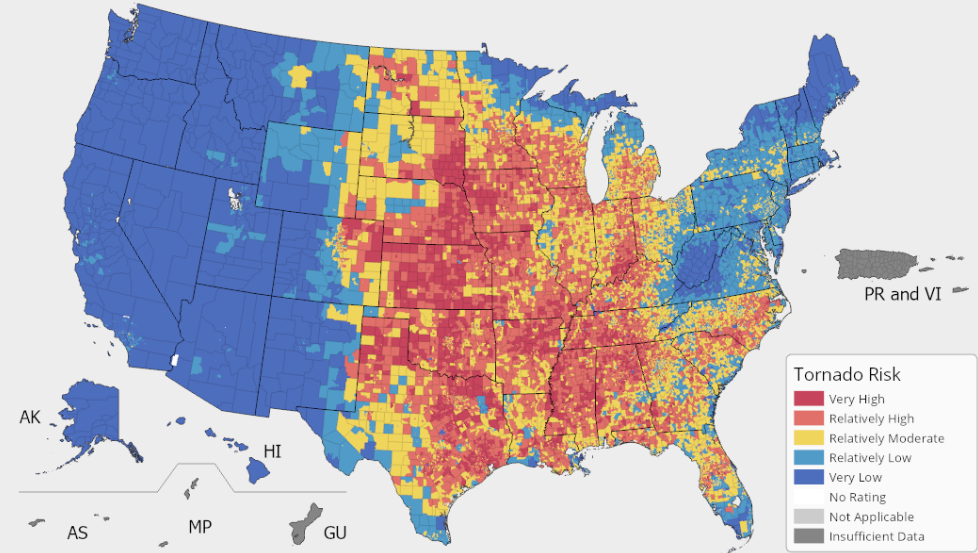
For residents in these states, finding a roof that is durable, long-lasting and stormproof is critical to withstand the range of extreme weather events that impact the region.
Here are key qualities to look for when evaluating different residential roofing materials for your home.
Storms, tornadoes and high winds
Choose a roof that is approved for use in Florida's High-Velocity Hurricane Zones (HVHZs). Florida has the strictest building codes in the country, and building products approved for HVHZs, including roofing products, have undergone intense testing to ensure their ability to resist hurricane-force winds. Even though Tennessee and other states in Dixie Alley are a long way from Florida, a roofing material that is approved for HVHZs means that you have top-tier protection from high winds.
Hail
Where there are thunderstorms, there’s often hail. To ensure your roof can withstand the impact of hail or wind-driven debris, look for a roofing material that has been certified with the highest Class 4 hail impact rating.
Lightning
Thunderstorms bring more than just hail – lightning often comes along for the ride, too. If your home is located in a region prone to lightning strikes, look for a non-combustible roofing material that has been certified with the highest Class A rating for fire resistance. For example, metal roofing is ideal for lightning-prone regions due to its conductivity and non-combustible nature. due to its conductivity and non-combustible nature.
Heatwaves and cold fronts: Roofing for temperature wings
A humid subtropical climate results in plenty of sunshine, which can fade and degrade low-quality roofing materials. States in the south are also known for their extreme temperature swings: daytime highs can soar to over 100 degrees, only to plummet to the 50s in the evening.
These drastic temperature fluctuations can cause the roofing material to repeatedly expand and contract as temperatures rise and fall. Roofing materials that can’t endure repeated expansion and contraction cycles will often develop cracks and leaks.
To combat the constant exposure to the sun and extreme temperature fluctuations, look for a residential roofing material that:
- Reflects heat from the sun up and away from the home.
- Is flexible enough to endure the constant contraction and expansion of severe temperature fluctuations.
- Is durable enough to resist degradation after prolonged exposure to UV rays.
It’s also wise to look for a roofing material that is energy efficient since cooling costs add up quickly during hot and humid southern summers.
Southern charm: Roof styles that align with style
In the south, most residential properties fall into one of three architectural styles:
- Colonial: Often seen in suburban neighborhoods, Colonial-style homes have a traditional blend of brick facades, symmetrical designs and pitched roofs.
- Ranch: Rustic ranch-style homes and rural barndominiums of Tennessee are designed for practical, easy living.
- Craftsman: Characterized by exposed beams and extensive use of wood, Craftsman homes typically feature low-pitched roofs, wide eaves and front porches.
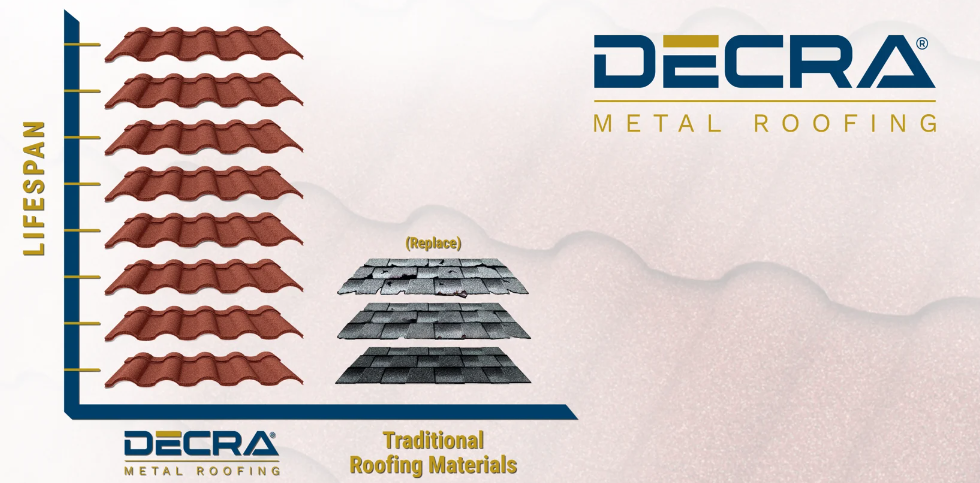
Unfortunately, the types of roofing materials that look good with these architectural styles often lack the necessary durability. For example, asphalt shingles may look good on Colonial-style homes, but they have one of the shortest lifespans of any roofing material and need to be replaced as often as every 12 years.
And while wood shakes provide the rustic aesthetics required for ranch and craftsman-style homes, they require frequent maintenance and quickly fade to gray after exposure to the elements.
Finding a roofing material that fits both the architectural style of your home and offers long-lasting durability can be tough. However, there is one roofing material that provides the durability, longevity and style that many homeowners in the south are looking for: stone-coated metal roofing.
Stone-coated metal roofing is well-known as one of the most durable, longest-lasting, energy-efficient types of roofing. In fact, metal roofing has withstood the test of time and industrial buildings have benefited from its many advantages for more than a century.
But unlike industrial metal roofing or standing seam metal roofing, stone-coated metal roofing provides industrial strength without industrial appearance.
During the manufacturing process, natural stone granules are adhered to high-grade steel sheets. This results in a roofing material that achieves the same aesthetics as traditional roofing materials–such as asphalt shingles, clay tiles and wood shakes – backed by the high-performance strength of steel.
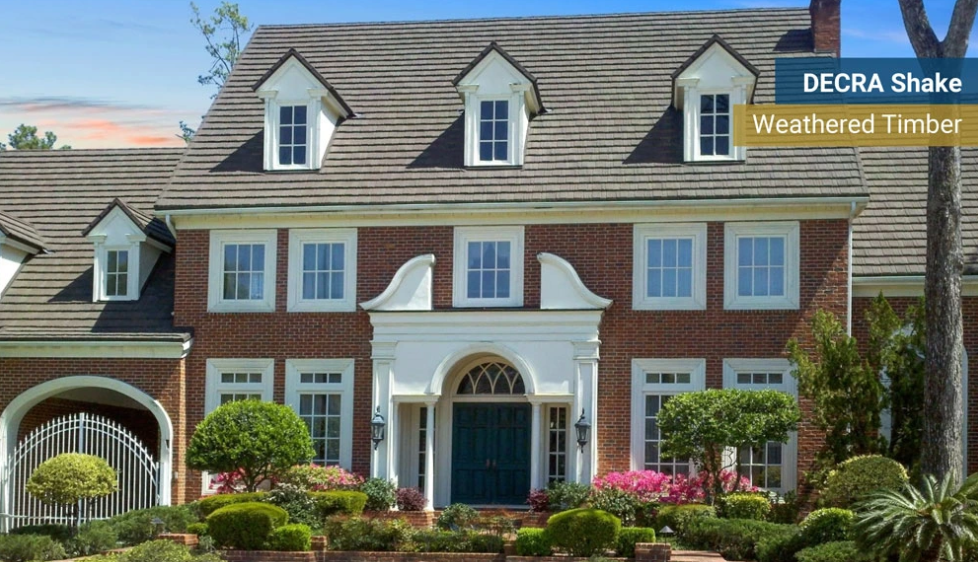
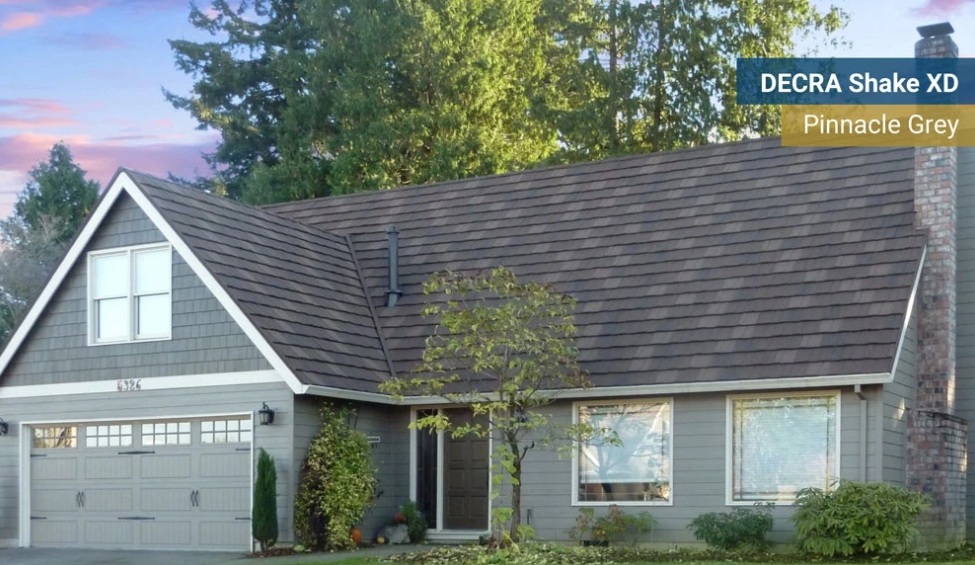
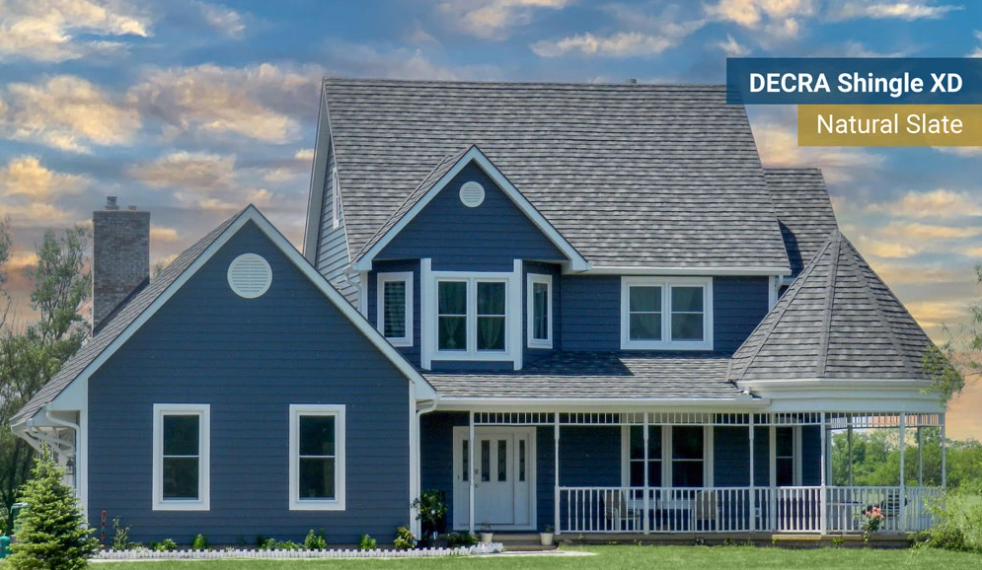
Original article source: DECRA
Learn more about DECRA Metal Roofing in their Coffee Shop Directory or visit www.DECRA.com.














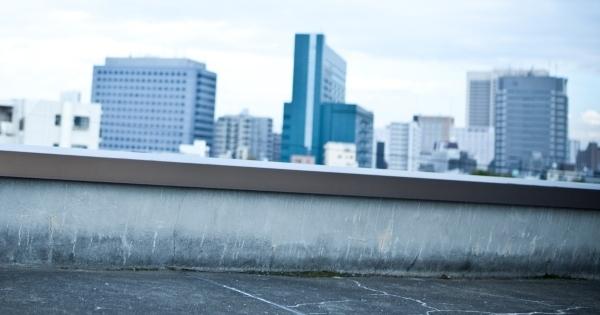
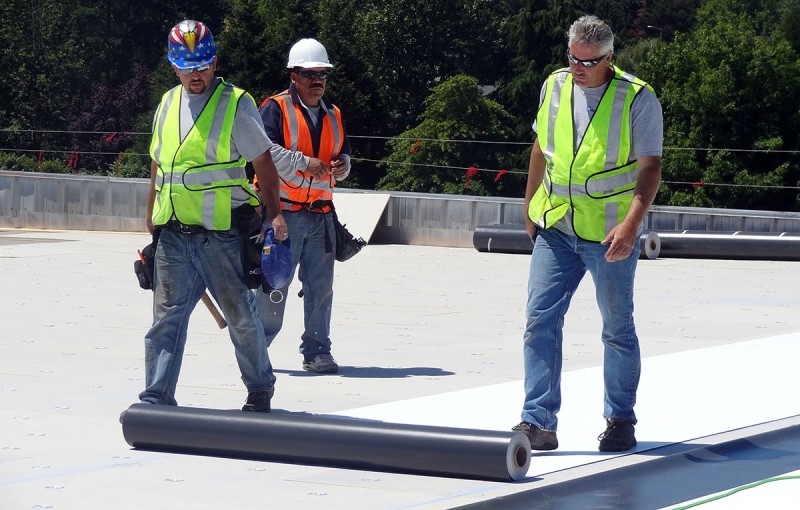






Comments
Leave a Reply
Have an account? Login to leave a comment!
Sign In